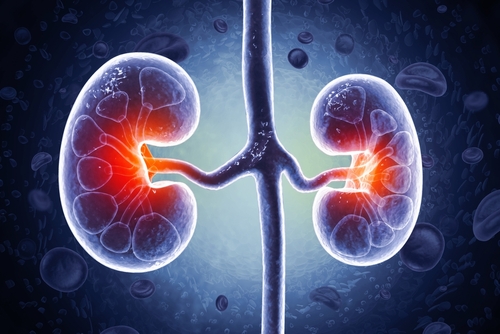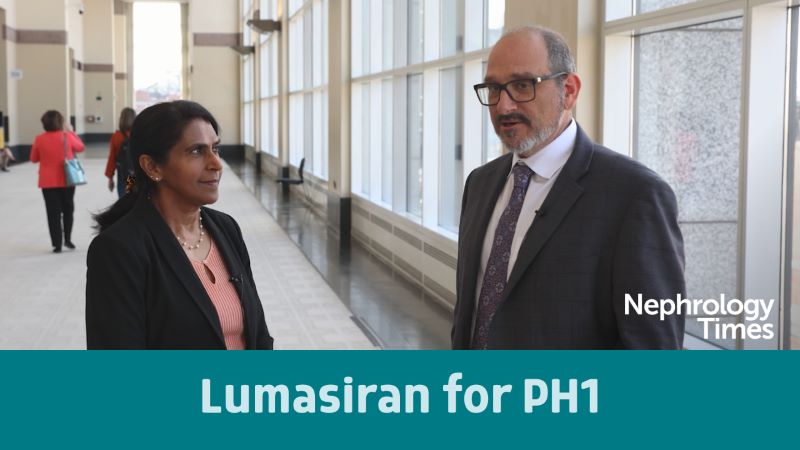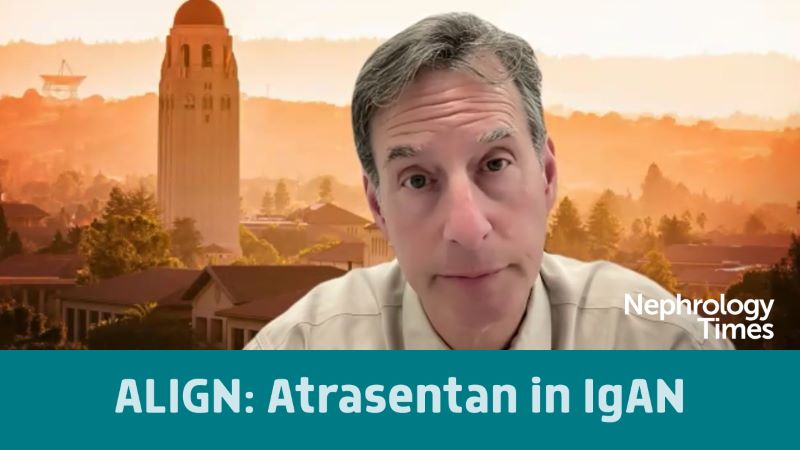
Stanford pediatricians have enabled children to receive kidney transplants without need for immune-suppressing drugs, thanks to a revolutionary method that transplants the donor’s immune system to the patient before surgeons implant the kidney.
It is called “dual immune/solid organ transplant,” or DISOT. A scientific paper describing the first three DISOT cases, all performed at Lucile Packard Children’s Hospital Stanford, can be found here.
DocWire News spoke with Alice Bertaina, MD, PhD, associate professor of pediatrics (stem cell transplantation) and lead author of the report to discussed with us:
- How DISOT enables transplantation between a donor and recipient whose immune systems are genetically half-matched (children can receive stem cell and kidney donations from a parent)
- The use case of a young man who was the first in the world to be cured of focal segmental glomerulosclerosis (FSGS) with this new treatment
- This refined method of transplant and broadening of its use in pediatrics to overcome immunosuppression
DocWire News: Please provide us with your professional background.
Dr. Alice Bertaina: I am a stem cell transplantation specialist and Stem Cell Transplantation and Regenerative Medicine section chief for the Bass Center for Childhood Cancer and Blood Diseases at Stanford Medicine Children’s Health. I also serve as an associate professor of pediatrics (stem cell transplantation) at Stanford University. My expertise lies in the field of allogeneic HSCT in pediatric patients affected by hematological malignancies or nonmalignant disorders. This includes different aspects of immunological reconstruction of children.
Please explain dual immune/solid organ transplant or DISOT.
This approach is sequential, which means that it takes stem cell and, in this case, the kidney, from the same donor. We’re able to utilize a donor eligible to donate both. The goal of this approach is to eliminate the immune system of the recipient. By making space in the bone marrow in combination with therapy, infused donor-derived stem cells grow and create a new immune system over the next three-to-six months. At that point, we would proceed with the kidney transplant. Because of the immune similarities, the risk of rejection is limited. The ultimate goal of this approach is to make patients in need of kidney transplants immunosuppression-free.
Can you talk about how DISOT is unique to Stanford Medicine Children’s Health?
This is the first time taking a programmatic approach to the transplant. This means we’re performing with the goal of making patients immunosuppression free from the outset, as opposed to incidentally needing to receive a transplant down the line after already having a stem cell transplant. We’re using a specific strategy for the manipulation of stem cells. This is through alpha-beta T cell depletion, which makes stem cell transplants lower risk and enables transplants from genetically half-matched patients. We recently shared the story of a young man, who became the first in the world to be cured of focal segmental glomerulosclerosis (FSGS) using this method.
What is the impact of this treatment on patients’ lives?
It’s amazing. The young man referenced earlier was diagnosed with FSGS when he was two years old. He is now in his twenties. Despite having a conventional transplant early in life, the disease relapsed. He was on dialysis and there was a series of complications that made his life miserable. When I met him, three years ago, he told me he preferred to not live than continue to be in dialysis. He was willing to try anything to live without such hindrance and get back to the things he loved, like playing tennis. This treatment has allowed the patient to bounce back. He has put on weight, muscle mass, and has the energy to play in tennis matches. We are still on the journey but this use case just indicates how powerful this type of treatment can be – not just to cure disease but to drastically improve quality of life.
What are some key takeaways you would like to share with our readers?
From the top, it is that patients that receive this treatment and become dialysis independent can have such an improved quality of life. This approach eliminates the complex burden of immune rejection. There are still burdens that individuals without complications must deal with, but the outlook is much brighter. Bigger picture, we’re seeing how much the cost is on society for such transplants. We are looking at sparing tens to hundreds of millions of dollars if we can successfully leverage this procedure across other transplants – from kidney, to liver, to small intestine, and beyond.
Where can readers go if they want more information?
https://www.stanfordchildrens.org/en/service/transplant/disot
https://med.stanford.edu/news/all-news/2023/01/cirm-grants.html







 © 2025 Mashup Media, LLC, a Formedics Property. All Rights Reserved.
© 2025 Mashup Media, LLC, a Formedics Property. All Rights Reserved.